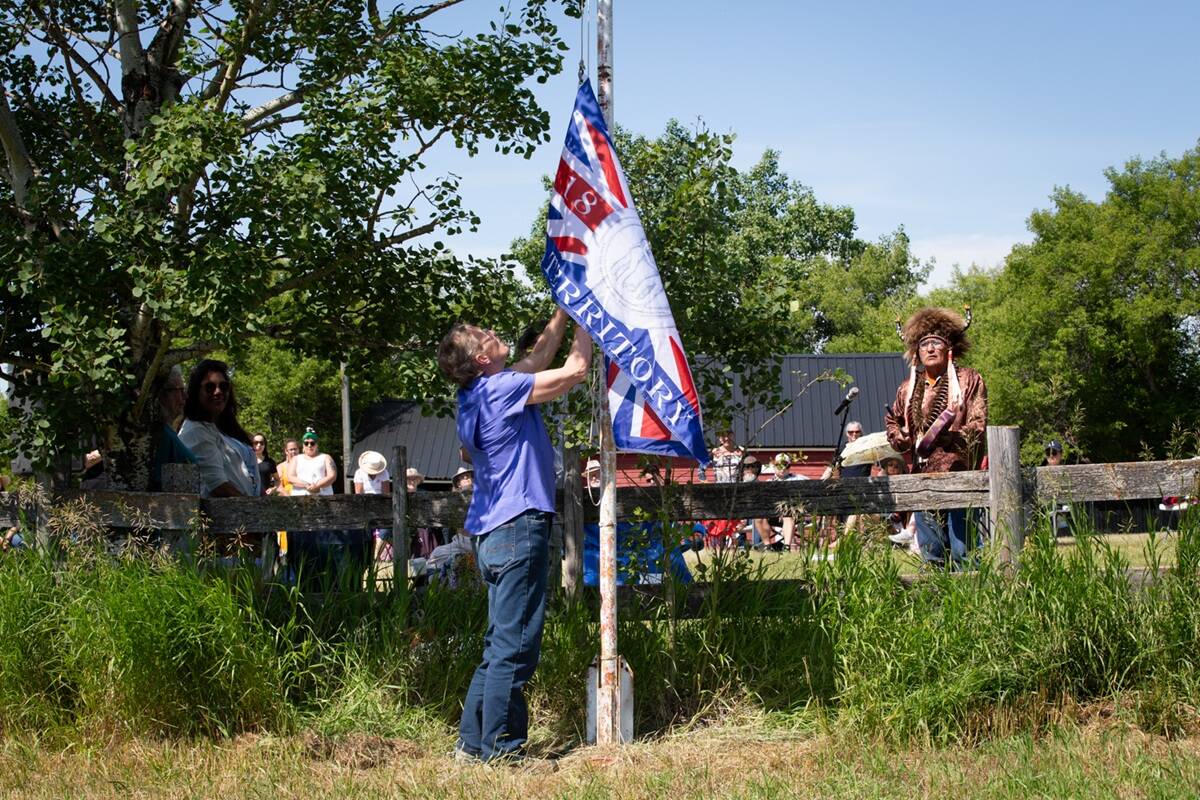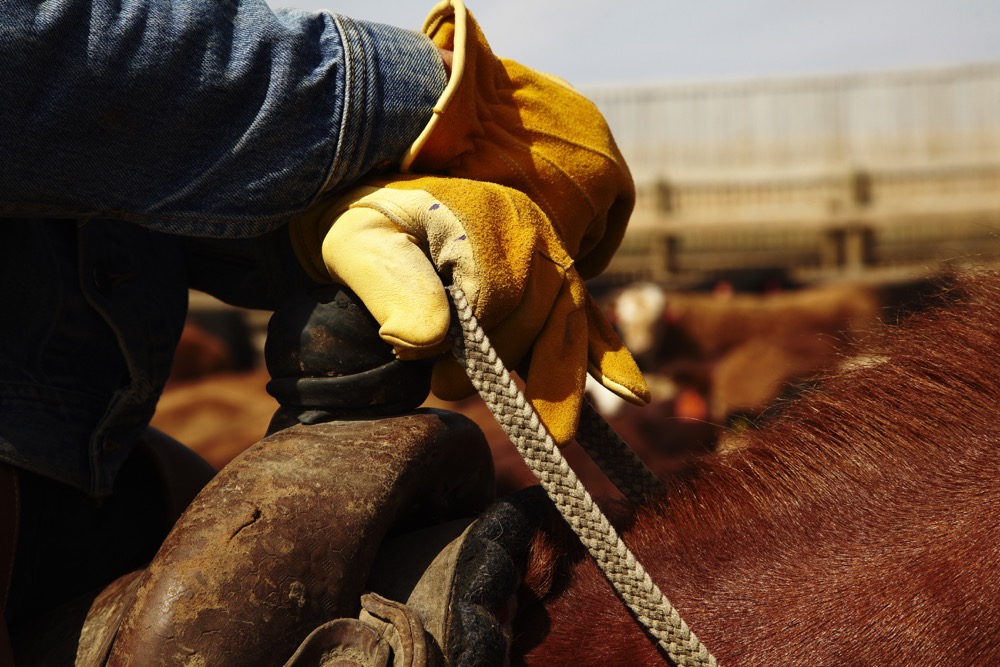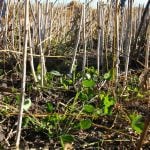Stan Eby may have forgotten more of his volunteer roles than most people take on in a lifetime. There were 4-H and church groups and the hospital board. County commodity boards and various agricultural organizations. Community fairs and plowing matches. He almost forgot to mention his four-year term on municipal council when he was in his early 30s. The list marches on.
“One thing always leads to another,” he says.
In November 2021, he travelled to Winnipeg to accept an award for his contributions to agri-food industries through induction into the Canadian Agricultural Hall of Fame. Eby is the former president of the Canadian Cattleman’s Association (CCA) and Beef Farmers of Ontario (formerly Ontario Cattlemen’s Association). His leadership coincided with two critical crises in the Canadian beef sector.
Read Also

Treaty Land Sharing Network expands reach in Saskatchewan and Alberta
The Treaty Land Sharing Network, which connects land holders with First Nations and Metis people, has expanded since it began in 2018
“When we take on the job of director of an organization, sometimes a crisis can break out of the blue, and that’s what happened to us,” Eby says. “We don’t plan for these kinds of events. They came upon us and we had to work through them as best we could.”
Support your people
In 2000, Eby was at the helm of Ontario’s beef sector during Canada’s worst-ever outbreak of E. coli contamination in Walkerton, Ontario, a neighbouring community to Eby’s home farm. After a year-long inquiry, the brothers who had run the town’s water system were criminally charged for falsifying well log entries.
In those early days though, some people were placing the blame on a beef operation located near the well in question. Eby’s first stop was to the farm, owned by local veterinarian Dr. Dave Biesenthal.
“I remember the day very clearly. I was in Guelph at a cattlemen’s function,” he says. “We got on a conference call, and there were some statements being made at the time that I knew were not true. On the spot, I cancelled a trip to Saskatchewan and went to visit the farmer instead.”

Eby’s wife Islay worked off-farm, and many of her coworkers were from the town of Walkerton. She says it was a stressful time.
“Some of them were getting sick, and everybody was trying to figure out what was going on to cause all of this,” Islay says. In the end, seven people died and hundreds became ill from drinking contaminated water.
“Dr. Biesenthal was being accused of many things, but having seen his operation and knowing a bit about him, I knew what was being said around the country was definitely not true,” says Eby. “I recall going to Dr. Biesenthal’s and saying, ‘We’re here to help you, and I don’t even know that that means yet.’”
Eby says with all eyes on Walkerton, farms were poised to face more than their share of scrutiny. Communication across regions was key. By that time he was also on the executive at the Canadian Cattlemen’s Association (CCA), which gave him a conduit to keep CCA informed of what was happening in Walkerton.
“One of the positives that came out of Walkerton is that it was a catalyst to get a lot more people involved with Environmental Farm Plans,” he says. “Not just locally but provincially and nationally. Some people who at first said they would never participate in such a thing suddenly saw the importance of it, and many became early adopters.”
Treat people how you want to be treated
Three years after Walkerton, when Eby was vice-president of CCA, the phone rang late on a Sunday night. He returned the call early the next morning, a holiday Monday in May. BSE was in Alberta.
“I knew it was serious, but I didn’t have a good understanding of how serious it was at the time,” Eby says. “Everyone wanted answers. BSE really took on a life of its own.”
The market stalled. Eby worked with producers and processors to get as much product processed as they could, while Neil Jahnke, the CCA president, dove into U.S. border issues. As time went on, that became Eby’s role as well. While Eby did what he could at the leadership table, he and Islay both fielded phone calls from worried producers.
“I remember some very stressful phone calls from producers while Stan was out. In a lot of cases they just needed somebody to talk to,” says Islay. “Of course, I knew exactly what they were going through, because in our own cattle inventory, the prices were going down and down. I knew how they were feeling because we were going through the very same thing.”
Eby says many producers had their own ideas about how to resolve the situation. Sometimes, they just needed an ear.
“To hear them out was the biggest thing,” he says. “I couldn’t predict or tell them what would happen next week, but I could tell them the facts that I knew. I could listen.”
Have a support network
Eby is quick to point out that, although it’s his name in the Ag Hall of Fame, his success as a farm leader is thanks to a broader effort. For starters, he wasn’t managing the home farm full-time when he became involved in leadership roles. His oldest son Steve returned home in 1994 and he purchased a significant portion of the operation.
“I could never have got this involved if Steve hadn’t come home to take over,” Eby says. “It was good for him too, because I was out of the way and he could make decisions about the farm on his own.”
He says his fellow directors and staff members at the organizations provided invaluable support as well. “It’s extremely important to note that I worked with some very good people who made me look good,” he says, working his way through a list of names that is nearly as long as his volunteer history.

And of course, there was Islay, his wife of 55 years. There was always some work to do on the house or the yard, and details at home to manage while Eby was working. Eby travelled often, sometimes with less than a day between trips. Islay made sure there was always another suitcase packed and ready to go. At the peak of activity, as calls and faxes came in, she spent a good deal of time relaying messages, sometimes tracking Eby down so he could pull over and make a call to head off another crisis.
Eby recalls one particularly time-sensitive request for a letter to be submitted by nine the next morning. The problem was, Eby was on a midnight flight home from Calgary. He arrived home at three in the morning to find Islay had the letter ready to sign. They faxed it by five that morning.
Be realistic
A person can’t know what they’re signing up for when they take a leadership role, Eby says, noting he initially signed on for just a one-year term with the provincial cattle board.
“My experience is that most people underestimate the amount of time something will take, when they say it will require two days a month, for example,” Eby says. “There’s a lot of time when your mind is focused on it. Sometimes it grows on you once you start working on it, and you don’t realize how exhausting it is until it’s over.”
The biggest reward though? People. Eby says they have friends across Canada that they wouldn’t have met otherwise. They were able to reunite with many of them at the celebration in Winnipeg.
“I always try to treat people the way I’d like to be treated and to tell the truth,” Eby says. “Sometimes we came to a T or a Y in the road and we had to think about what way was best. I always tried to look at the big picture, to consider the ramifications. Thankfully, I think we made more right moves than wrong ones.”
Lisa McLean is a writer and issues management professional who has worked with agricultural groups for more than 15 years. She lives in Guelph, Ontario. You can find her on Twitter @lisammclean.
















